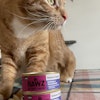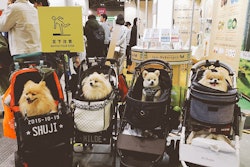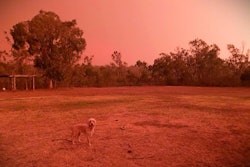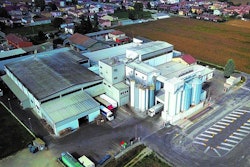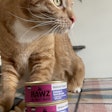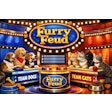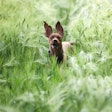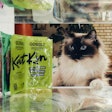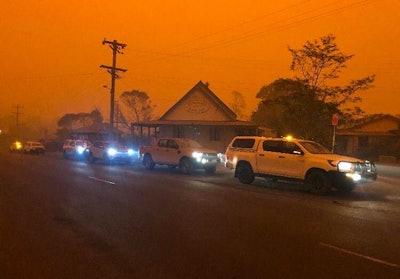
Kangaroos in Australia are literally having an “out of the frying pan, into the fire” moment. Doomed last October to be shot and turned into pet food, these marsupials that are symbols of Australia are now getting some reprieve from culling, but only because the raging bushfires have already killed many of them.
So far, the South Australian government and the Victorian government have suspended their respective Kangaroo Harvesting Program due to the fact that the animals have become one of the biggest casualties of the fires.
As of this writing, one third of Kangaroo Island in the state of South Australia has been scorched by the unstoppable fires, as confirmed by NASA Terra satellite images. Kangaroo Island is a wildlife sanctuary, but culling of kangaroos and wallabies here was made legal last year in order to manage their populations.
Kangaroo culling program: 30% went to pet food
The Herald Sun reported that the state has killed more than 100,000 kangaroos since the program began. Of that total, 30,000 carcasses were sent to licensed pet food manufacturers to be processed into pet food.
Meanwhile, Yahoo News Australia said kangaroo culling for pet food has also been completely suspended in Victoria as the state battles the ongoing bushfires. Instead, the state will care for and rehabilitate survivor animals they find. Kangaroo harvesting may or may not resume depending on their assessment of the fires’ impact on the poor animals.
At this point, the state of New South Wales, which is also being ruined by bushfires, has no plans to cease its kangaroo culling program, according to Yahoo News Australia.
There are currently an assortment of dog food products in Australia that use kangaroo meat, such as Zignature Kangaroo Formula, Addiction Outback Kangaroo Feast and Nature’s Gift Kangaroo Fillet. Pet food companies market kangaroo meat as novel, hypoallergenic protein substitute in dog food.
